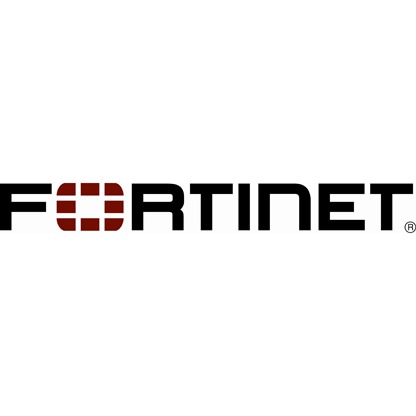Fortinet has released its latest Global Threat Landscape Report.
Cybercriminals, the company found, are becoming smarter and faster in how they leverage exploits to their advantage. They are also targeting an expanding attack surface.
Here are some of the top findings from the report:
Virtually no firm is immune from severe exploits: Analysis focused on critical and high-severity detections demonstrates an alarming trend with 96 percent of firms experiencing at least one severe exploit. Almost no firm is immune to the evolving attack trends of cyber criminals, according to Fortinet. In addition, nearly a quarter of companies saw cryptojacking malware, and only six malware variants spread to over 10 percent of all organizations.
FortiGuard Labs also found 30 new zero-day vulnerabilities during the quarter.
Cryptojacking moves to IoT devices in the home: As mining for cryptocurrency continues, cybercriminals have added IoT devices, including media devices in the home, to their arsenals. IoT devices present an especially attractive target, Fortinet says, because of their rich source of computational horsepower, which can be used for malicious purposes. Attackers are taking advantage of them by loading malware that is continually mining because these devices are always on and connected. In addition, the interfaces for these devices are being exploited as modified web browsers, which expands the vulnerabilities and exploit vectors on them. Segmentation will be increasingly important for devices connected to enterprise networks as this trend continues.
Botnet trends demonstrate the creativity of cybercriminals: Data on botnet trends gives a valuable post-compromise viewpoint of how cybercriminals are maximizing impact with multiple malicious actions.
- WICKED, a new Mirai botnet variant, added at least three exploits to its arsenal to target unpatched IoT devices.
- VPNFilter, the advanced nation-state-sponsored attack that targets SCADA/ICS environments by monitoring MODBUS SCADA protocols, emerged as a significant threat. It is particularly dangerous, Fortinet says, because it not only performs data exfiltration, but can also render devices completely inoperable, either individually or as a group.
- The Anubis variant from the Bankbot family introduced several innovations. It is capable of performing ransomware, keylogger, RAT functions, SMS interception, lock screen, and call forwarding. Keeping tabs of morphing attacks with actionable threat intelligence is vital as creativity expands.
Malware developers leverage agile development: Malware authors have long relied on polymorphism to evade detection. Recent attack trends show they are turning to agile development practices to make their malware even more difficult to detect and to counter the latest tactics of anti-malware products. GandCrab had many new releases this year, and its developers continue to update this malware at a rapid pace. While automation of malware attacks presents new challenges, so does agile development because of the skills and processes to roll out new evading releases of attack methods. To keep pace with the agile development cybercriminals are employing, organizations need advanced threat protection and detection capabilities that help them pinpoint these recycled vulnerabilities.
Effective targeting of vulnerabilities: Adversaries are selective in determining which vulnerabilities they target. With exploits examined from the lens of prevalence and volume of related exploit detections, only 5.7 percent of known vulnerabilities were exploited in the wild. If the vast majority of vulnerabilities won’t be exploited, Fortinet maintains, organizations should consider taking a much more proactive and strategic approach to vulnerability remediation.
Education and government application usage: When comparing application count usage across industries, government use of SaaS applications is 108 percent higher than the mean and is second to education in the total number of applications used daily, 22.5 percent and 69 percent higher than the mean, respectively. The likely cause for the higher usage in these two industry segments is a greater need for a wider diversity of applications. These organizations will require a security approach that breaks down silos between each of these applications, including their multi-cloud environments, for transparent visibility and security controls.
To access the report in its entirety, click here.










